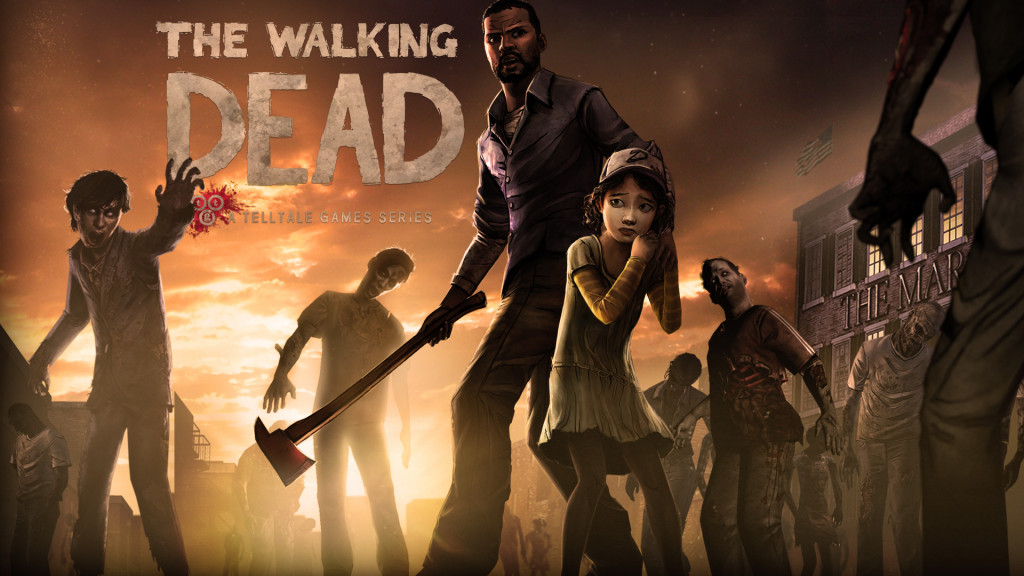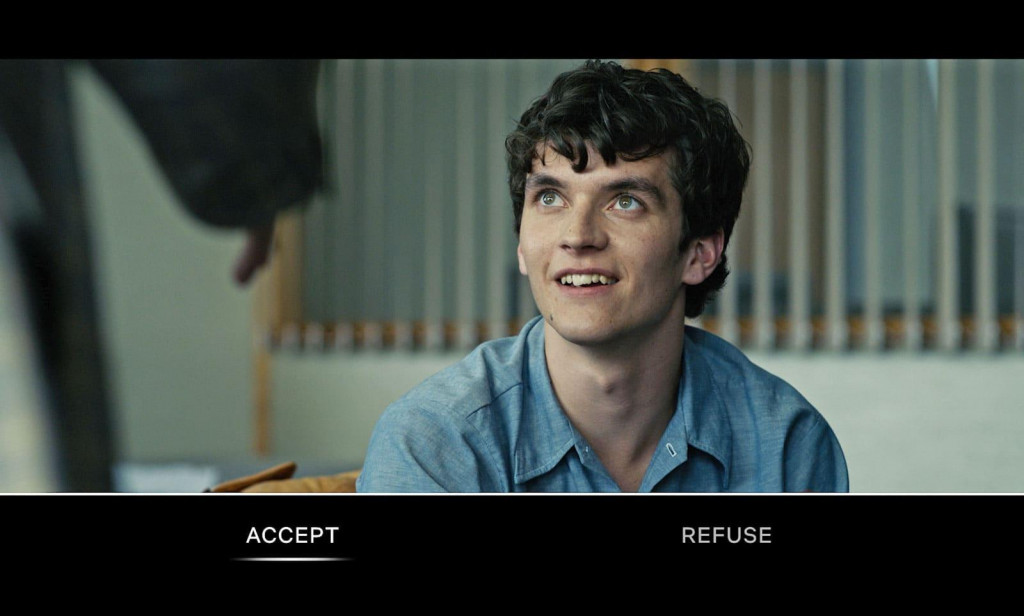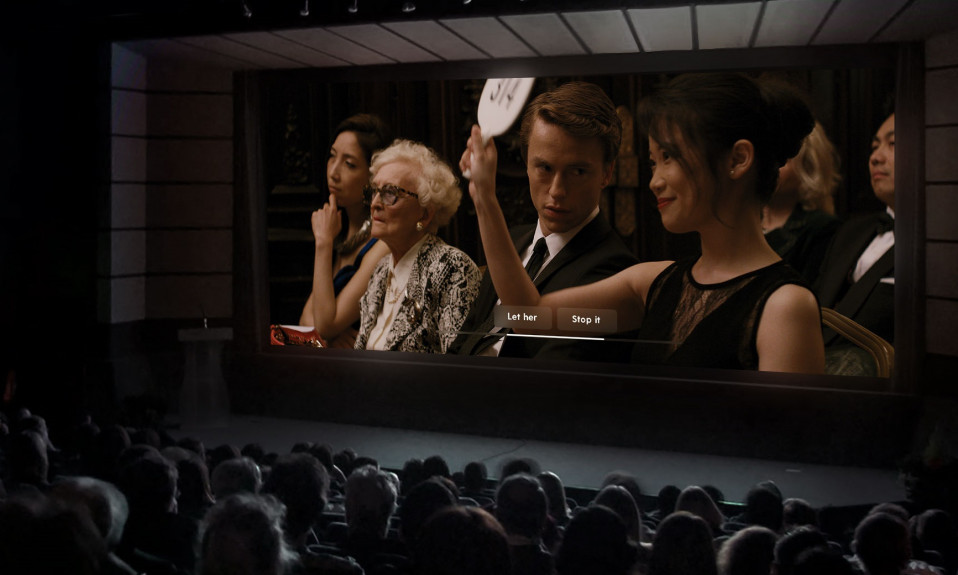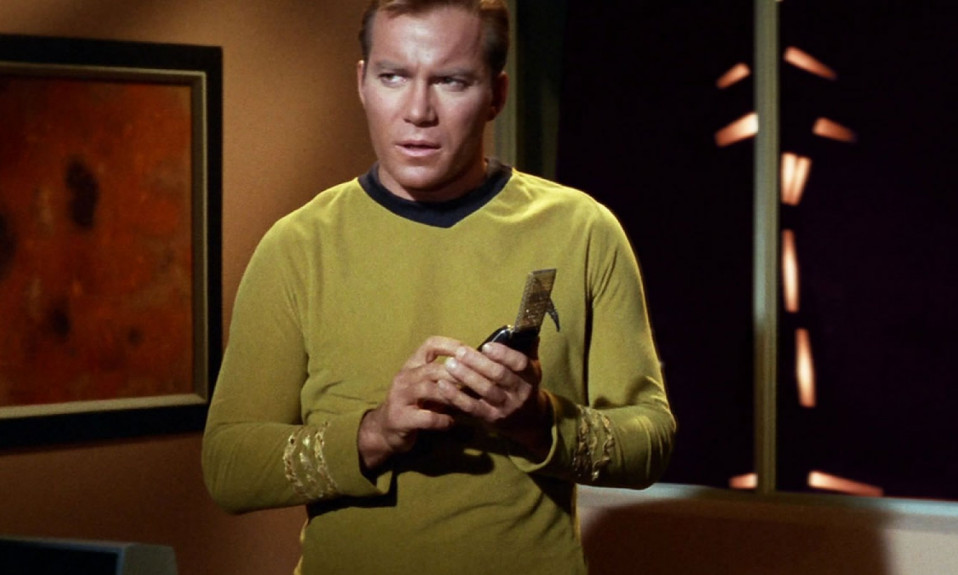Making movies is hard work. They’re expensive, take forever to film and edit. And at the end of it there’s usually someone on the internet complaining about how you should have done it a different way. Perhaps that’s one of the reasons why video games are so popular. As video games have advanced, they are starting to tell more interesting stories, with games like The Last Of Us and Red Dead Redemption telling stories that could rival some films or tv series
Many games, particularly RPG’s (Role Playing Games) allow the player’s actions to affect the story. Games like the Mass Effect or The Witcher series can change dramatically based on decisions the players make, including whether characters live or die. This allows players to curate the experience to their own personal taste. As video games get more cinematic, could cinema get more gamified?
Choose Your Own Adventure

Choose your own adventure games have been popular even before video games, with many successful books requiring you to flip through to different pages. Early computer games took the same format, letting players type in the action they wanted to take. As games advanced, so did the choice. Some let players tackle levels in their own order while others offered good or evil choices. These good and evil choices often affect the ending, as well as the story.
Some games focus on these more than others, the acclaimed The Walking Dead game arguably is more of an interactive tv series than a game. The studio, Telltale Games, has a background with point and click adventure games. With simple puzzle solving and point and click gameplay. Most of the action is picking through various conversation options and timed button prompts in action scenes. While the plot is the same for every player, many elements are different based on their decisions. For instance, late in the game when the player needs allys, the characters that are willing to join vary based on the relationship with the player. If the player agrees with them, they are more likely to join.
In recent years, these types of games have become a genre of their own. Some are based on existing IP’s, like Batman, Guardians Of The Galaxy and Back To The Future. Others are brand new that have gone on to be franchises, such as Life is Strange and The Dark Pictures Anthology. Although all of these games have a pre-existing character that the player controls, some characteristics are left up to the player. For example, in Batman: The Telltale series, there are several points where there is a choice to use either detective work, or beat information out of a criminal. Both solutions lead to the same result and fit within the context of Batman’s character but allow the player to curate and define their own personal vision of him.
Interactive movie

Some recent projects have taken this a step further, removing the gameplay and instead acting as a movie. There were some early attempts at these, but they died out fairly quickly and are much different now. Netflix has experimented with this, first with an altered version of Minecraft Story Mode, which removed the puzzle-solving elements. The Netflix version still allows choices and conversation options but removes any gameplay elements, such as exploration and inventory management.
In 2018, Black Mirror: Bandersnatch was created. Unlike the other examples, this was designed for Netflix from the start and is also live-action. Originally designed to be part of Black Mirror‘s fifth season, development took longer than expected, and the special was released separately. The film focuses on a young game developer, and typical Black Mirror weirdness ensues. There are five “main” endings available, with some options only becoming available after making a choice and rewinding. Netflix developed a program called “Branch Manager” to help control some of the narrative points. The recent animated Batman: Death In The Family, follows a similar approach.
Some full cinema experiences have also made use of the format. My One Demand had viewers interact with the film on their devices, to vote on which direction characters should go. 2016’s Late Shift also took this approach, for a total of 7 different endings. The CrtlMovie system developed for it allows the cuts between each scene to be seamless, without having to wait for audience input (which sometimes is an option).
So, could we soon be making decisions for the Avengers? Or choosing if the protagonist will join the light or dark side in a future Star Wars? While it’s possible it’s unlikely every film would become like this. For one thing, it opens up debates about “true” or “canon” endings. If some choices leave characters dead, would a future instalment include them? It also takes much longer to make, not just to write, but also to film all the possible options, which can be very expensive. Audiences may also not be happy with some of the choices made, which can be frustrating. The concept is certainly interesting, and everyone should experience it for themselves at least once (either as a game or movie) but it could be a while before it’s mainstream.
Also Read: 7 Interesting Patents Owned By Disney













